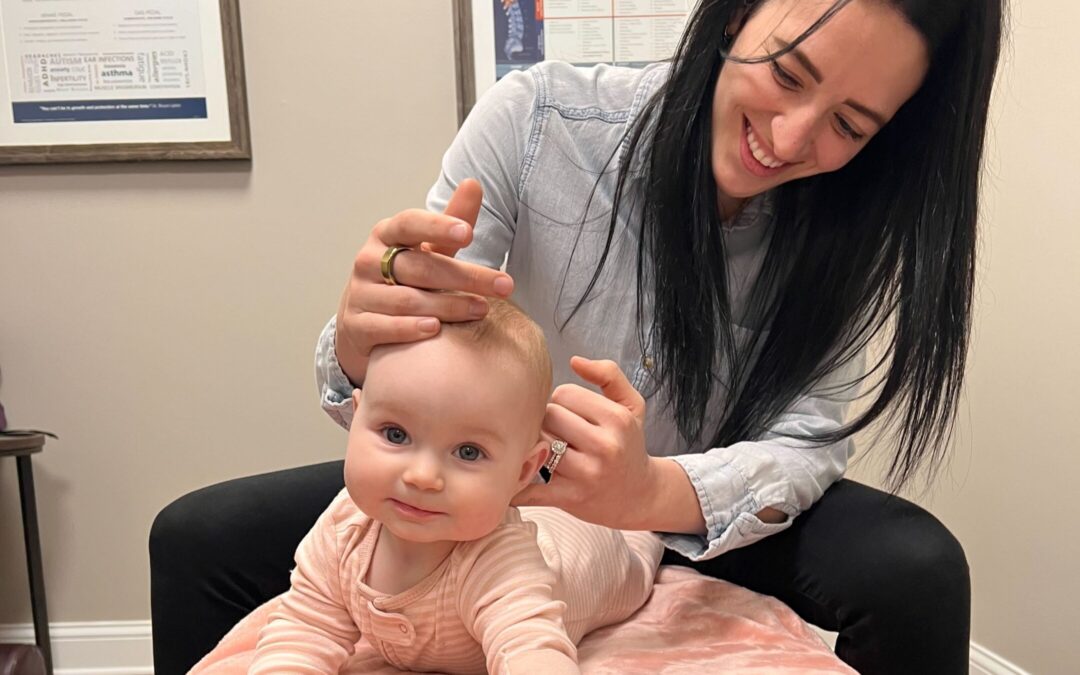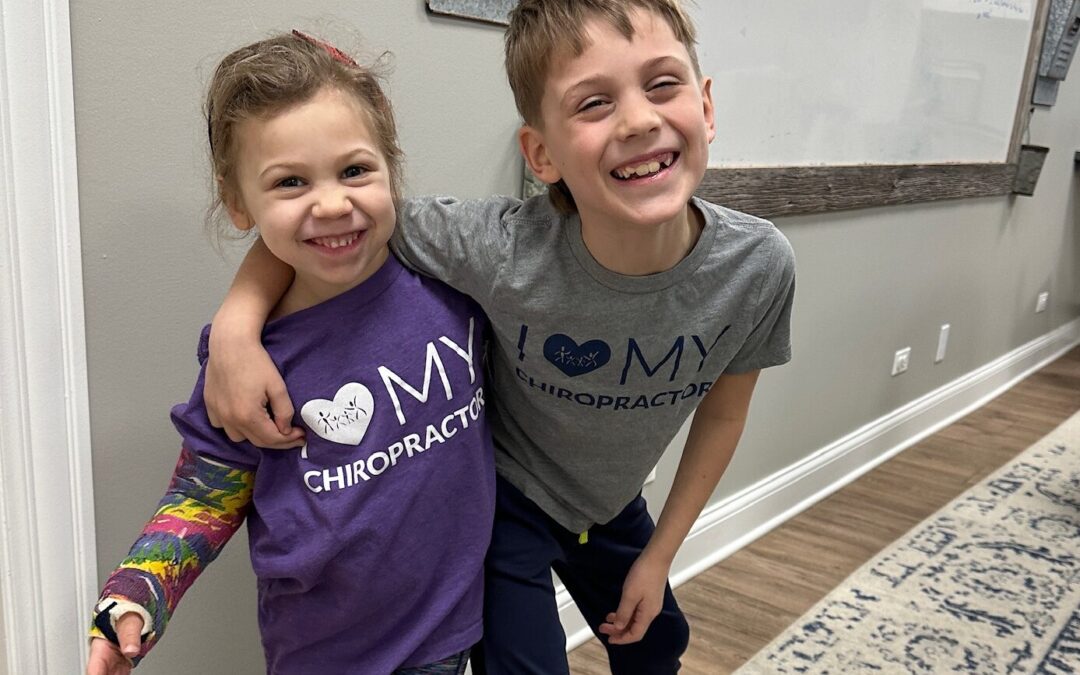Autism spectrum disorder (ASD) now impacts 1 in 36 children born in the United States, with diagnosis rates continuing to rise each year. This neurological condition presents parents and healthcare providers with multifaceted challenges. At the core, autism affects how information gets processed in the brain and nervous system, influencing development in social, behavioral, motor, sensory, and cognitive domains.
Within the umbrella diagnosis of ASD, there is significant variability in symptoms and abilities based on the specific manifestations. Autism encompasses a diverse array of types and severity levels that dictate the amount of support a child requires. Navigating this variability can be confusing for parents seeking care solutions tailored to their child’s needs.
That’s why understanding the different forms and presentations along the autism spectrum is so crucial. It empowers families to better grasp their child’s challenges, aids earlier intervention, and allows care to be customized based on the subtype and severity.
This article will provide an in-depth overview of the various kinds of autism, their distinguishing characteristics, and the emerging view of their underlying neurological factors. We’ll also explore the customized solutions offered by PX Doctors to address the root issues through nervous system-focused care, giving families hope for improving their quality of life.
What is Autism Spectrum Disorder?
Autism spectrum disorder (ASD) refers to a range of neurodevelopmental conditions characterized by challenges with communication, language, social aptitude, behavior, motor skills, sensory processing, and cognition. It is considered a spectrum because of the considerable variability in the types and severities of symptoms possible.
While genetics and neurological wiring play a role, modern research recognizes autism as a disorder of regulation between key nervous system branches – the central “command center” and the autonomic “functional control” network. An imbalance in nervous system communication, also known as dysautonomia, contributes to impaired control over processes like digestion, immunity, hormones, detoxification, and more.
This dysregulation brews the “perfect storm” for inflammation, suboptimal development, and a lowered threshold for sensory, behavior, and/or learning challenges to emerge. Appreciating this neurological dysfunction as the root issue is key to creating care plans that help children reach their potential.
The Evolving Terminology and Classification of Autism
In the past, autism was categorized into separate subtypes like Asperger’s syndrome, Pervasive Developmental Disorder Not Otherwise Specified (PDD-NOS), and more. However, the latest edition of the Diagnostic and Statistical Manual of Mental Disorders (DSM-5) collapses previous subcategories into one single umbrella diagnosis — Autism Spectrum Disorder (ASD).
This shift to a spectrum model aims to recognize the wide variability in challenges and abilities those with autism can possess. It focuses less on rigid subtype labels and more on the level of support needed for the individual to thrive. Nonetheless, remnants of past terminology still pervade, and many families may be more familiar with historical terms.
The DSM-5 does delineate severity specifiers for ASD. An individual diagnosed with autism will also receive a designation of Level 1, 2, or 3 ASD, indicating the degree of support required to function successfully day-to-day. This attempts to provide additional clarity for families and care providers on what difficulties their loved one faces.
Key Types of Autism Spectrum Disorder
While autism encompasses a vast array of challenges and skills along a continuum, we can break down some of the notable forms of autistic manifestations seen. These include:
Level 1 Autism Spectrum Disorder
Previously termed Asperger’s syndrome or high-functioning autism, Level 1 ASD represents the mildest end of the spectrum. Those diagnosed with Level 1 autism tend to have average or above-average intelligence and language abilities. However, challenges surface, particularly related to social communication, relationships, and flexibility.
Level 2 Autism Spectrum Disorder
Level 2 Autism indicates moderate severity in social, communication, behavioral, and developmental domains. Children need substantial support compared to those with Level 1 autism but may not require extremely extensive care like those with Level 3.
Level 3 Autism Spectrum Disorder
On the most severe end of the spectrum, Level 3 ASD entails considerable impairments that demand very substantial support across settings. Verbal language abilities tend to be limited or fully absent.
Other Types of Autism
While Level 1, 2, and 3 autism capture most cases, a few other rare disorders like Rett Syndrome and Childhood Disintegrative Disorder involve autism-like symptoms. However, as distinct conditions with defined causes, they are no longer classified under ASD.
Signs and Symptoms of Different Autism Types
While autism types differ in skills and challenges, common symptoms across the spectrum include:
- Social difficulties
- Communication impairment
- Restricted interests
- Repetitive behaviors
- Sensory dysregulation
Catching subtle signs in development/behavior early allows prompt assessment and customized interventions based on the child’s needs.
How the “Perfect Storm” Disrupts Nervous System Function
While genetics plays a role, PX Doctors recognize autism fundamentally as a disorder of regulation between key nervous system branches – the central “command center” and the autonomic “functional control” network.
The imbalance between the sympathetic “threat response” side and the parasympathetic “rest and recovery” side is called dysautonomia. It impairs nervous system control over processes like digestion, immunity, and hormones– the channels behind symptoms.
We refer to the interplay of factors brewing this “perfect storm” of dysfunction early as:
- Maternal prenatal distress
- Exposure to medications and/or toxins
- Trauma from birth interventions
- Repeat infections and antibiotic use
This barrage of threats alters the development of not just brain connectivity, but also the vagus nerve and gut microbiome. The delicately maturing nervous system gets imprinted with dysfunctional patterns making smooth regulation of bodily processes difficult.
Relieving this neurological dysfunction through precision chiropractic care specifically designed for children with autism is key to genuinely helping children progress developmentally and behaviorally.
Assessing and Restoring Nervous System Performance
Armed with an appreciation of nervous system dysfunction as the root issue behind autism’s constellation of symptoms, PX Doctors deploy technologies peering deeply into neurological health status, followed by corrective protocols applying gentle adjustments to revitalize neural pathways.
First, we utilize a suite of scans called INSiGHT to quantify dysautonomia severity and precisely locate spinal regions where tension and misalignment are impairing nervous system signaling to the body. Tracking thermal readings, neuromuscular conductivity, and heart rate variability provide unparalleled insights.
Next, a Care Plan custom-tailored to a child’s scan findings, health history, and symptom profile gets constructed using a proprietary Care Plan Builder system. Multiple dimensions like case severity, sensitivity, age, scan results, and parent goals help formulate the protocols.
Our trained doctors then leverage gentle Neuro-Tonal Adjustments focused on the upper neck and cranium to relieve neural tension at key points flagged by the scans. Optimizing nervous system output through precision corrections avoids rough twisting while bringing foundational relief.
Parents often report improved sleep, digestion, eye contact, language, and transitions thereafter – indicating that restored nervous system performance permeates whole-body well-being. This neural revitalization empowers the efficacy of supplemental therapies and behavior/diet modifications.
Coping Strategies for Families Living with Autism
Many families implement complementary therapies and practices to help manage their child’s autism symptoms while also pursuing care targeting nervous system function:
- Creating Routines: Crafting predictable schedules with visual cues minimizes distress when transitioning between activities. This provides children with stability, given their desire for sameness.
- Sensory-Supportive Spaces: Tailoring home and classroom environments by limiting clutter and noise overstimulation generates soothing sanctuaries given sensory hypersensitivities.
- Physical Activity: Movement therapies build strength/coordination and help modulate mood and behavior. Options like youth yoga teach self-regulation skills reducing outbursts.
- Communication Systems: Visual aids, keyboards, or boards allow nonverbal or partially verbal children to express wants and needs, cutting frustration-triggered tantrums.
- Social Skill Building: Applied behavioral analysis and interactive coaching shape appropriate peer interactions, conversational reciprocity, and emotional cues comprehension.
- Specialized Diets: Elimination programs removing allergens/additives combined with probiotics and nutrients aid concentration while benefiting GI and immune function.
In essence, families play a pivotal role in crafting accommodations and lifestyle adjustments complementing care targeted to balance key nervous system pathways. This collaborative effort optimizes children’s resilience, adaptation skills, and developmental trajectory.
Customizing Care Through Nervous System Solutions
Matching interventions to symptom profiles alone cannot fully shift a child’s developmental trajectory if foundational neurological dysfunction remains. That’s why PX Doctors combine technologies rigorously assessing nervous system integrity followed by correction protocols applying gentle neural alignment customized to scan findings.
Restoring harmonic communication and control across central and autonomic branches alleviates downstream digestive/hormonal/immune/sensory symptoms. This collaborative care paradigm focused first on optimizing nervous system output offers families hope for helping their child reach their highest potential in all facets of life.





